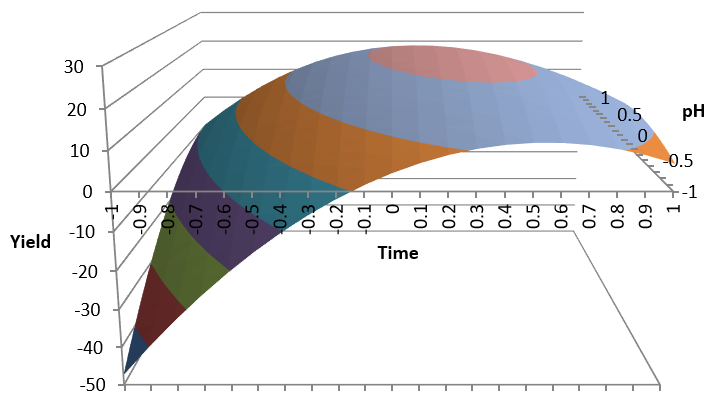Standard Work Combination

In this example 4 autonomous machines are handled by one operator who is performing the following operations on each machine in sequence:
- Unload finished part from the machine
- Load the new part
- Start the machine
- Take the removed part to the next machine
The following table contains the operator times to perform these operations as well as the machine times involved:

The manual times include the loading and unloading of the parts in the machine therefore these times are included in the machine times. Walk times involve the operator but not the machines.
Each start time is calculated from the previous start time plus manual and walk times.
The quality control operation is performed by the operator and no machine is involved.
If we want to maximize the throughput of the line with one single operator the cycle time would be 60. This is the time between two finished parts leaving the line. If we are talking about seconds a cycle of 60 seconds corresponds to a throughput of one unit per minute.
This cycle was calculated with operator times but did not take into account machine times so we need to insure that no machine times are above the cycle time.
The operator in this case is the bottleneck: all machines are underutilized.

You can see it takes 5 cycles for one item to go through the total process so lead time will be 300.
If we need to increase throughput (decrease cycle) we can add another operator to do this splitting the operator jobs like this:

If we assign work in this way the cycle would be 25 for operator 1 and 35 for operator 2. This means we can have an overall cycle of 35 and all machine times are below this value. Since there is a machine with a cycle of 30 we can't reduce cycle any further unless we duplicate some machines.
The corresponding Gantt charts are:

Lead Time Calculation
How long will it take for one item from start to finish? This is what we call lead time:
You can see it takes 5 cycles for one item to go through the total process so lead time will be 300.
Increase Throughput
If a cycle of 60 is what the market demands we can handle this line with one single operator. We realize that the machines are kept idle most of the time because it does not make sense to produce more than market demand.If we need to increase throughput (decrease cycle) we can add another operator to do this splitting the operator jobs like this:

If we assign work in this way the cycle would be 25 for operator 1 and 35 for operator 2. This means we can have an overall cycle of 35 and all machine times are below this value. Since there is a machine with a cycle of 30 we can't reduce cycle any further unless we duplicate some machines.
The corresponding Gantt charts are:

So with 2 operators we can almost double throughput: cycle is reduced from 60 to 35.




Comments
Post a Comment